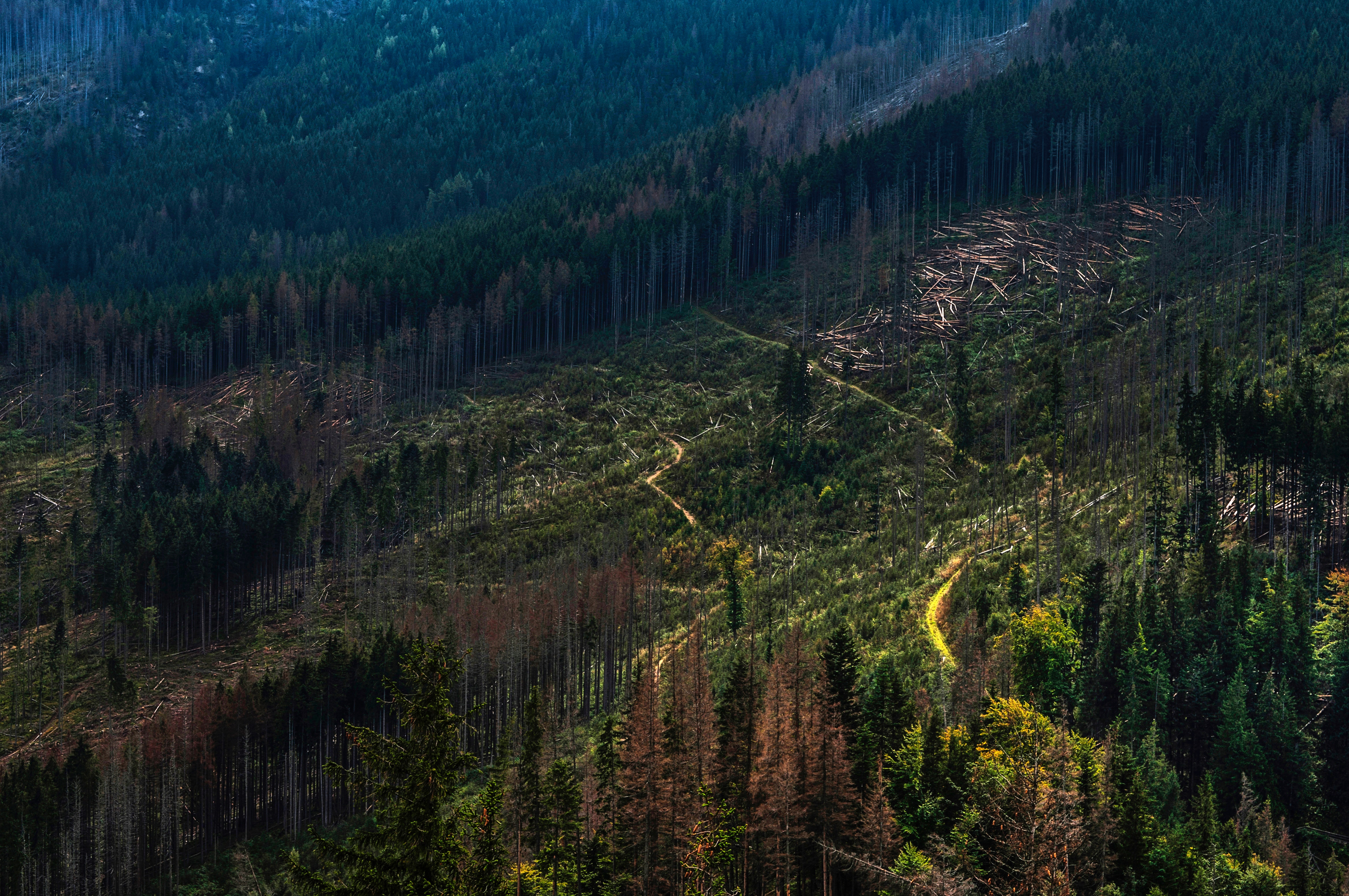Assessing the role of nature in the climate change debate
Luke Pritchard
In recent years a troubling narrative has gained popularity, suggesting that efforts to address land-based emissions are a ‘dangerous distraction’ from the real work of keeping fossil fuels in the ground. As the narrative goes, mitigation opportunities from nature are ‘relatively small’ and thus nearly all our efforts must focus on phasing out oil, coal, and natural gas.
Perhaps more concerning than the narrative itself is its influence on the climate policy arena. The vast majority of international climate finance is now spent on transforming energy and transport systems, with less than 3% channeled towards land-use despite its potential to provide 30% or more of the mitigation needed to meet the goals of the Paris Agreement.
As we reflect on fifty years since the first United Nations conference on the human environment in Stockholm, it is worth reflecting on where nature currently stands in the collective conversation around climate action.
To be clear, the importance of a rapid fossil fuel phase out is undeniable. It is a core component of the global community’s efforts to prevent climate breakdown. However, the data suggests that tunnel vision on fossil fuels from the climate finance community risks missing the forest for the trees.
Land System Emissions are Persistently Understated
One can be forgiven for being mystified about the true role of land-sector emissions in driving climate change. Some headlines imply we don’t need to worry about land-based emissions at all, while a ubiquitous chart shared in climate change circles suggest deforestation is responsible for just 2% of emissions.
Within scientific circles, the most commonly referenced figure is that the land system is responsible for 23% of global emissions. While this figure is based on robust science, the number itself significantly understates the actual magnitude. This is because the land sector is most-often subjected to unique ‘net’ accounting rules, thanks to the fact it can function both as a carbon source and a sink. This ‘net’ emissions number unhelpfully subtracts land-sector removals from land-sector emissions creating a deflated ‘net’ emission number that masks actual emissions. By comparison, transport, energy, and hard-to-abate sectors are always reported on a gross emission basis.
When looking at gross emissions, the land we farm, the animals we rear, and the forests we clear are responsible for a staggering 34% of global emissions. If you take it a step further to look at atmospheric greenhouse gas flux – where carbon removals are added, rather than subtracted as in ‘net’ accounting – the land sector is suddenly responsible for nearly 50% of all human-caused GHG’s entering and leaving the atmosphere.
This all suggests that nature and land is not a climate side show. It’s the main event. And until it gets the attention the data says it deserves, we will continue to fall behind on our global climate goals.
Getting to Net Zero Land Systems by 2030
The good news is that solutions exist, today, to rapidly decarbonize our global land system and even reach net-zero land emissions as early as 2030. Investing in these solutions will provide other valuable benefits, such as the protection of ecosystems and biodiversity, increased resilience to climate impacts, provision of clean air and water, restoration of degraded lands and support for sustainable livelihoods.
But we will only get there if we scale up public and private investments exponentially in the coming years. For companies this will mean at least tripling investments in nature-based solutions by 2030, helping close a $4.1 trillion finance gap that is expected by mid-century.
First and foremost, businesses must prioritize actions and investments which address land-emissions within their own value-chain. The biggest opportunities for rapid emission reductions will come from eliminating deforestation from commodity production (by no later than 2025), massively scaling up regenerative agricultural practices to remove carbon from the atmosphere and store it in soil and trees, and using technological innovations or diet shifts to address particularly harmful short-lived climate pollutants from cattle, fertilizer, and rice.
Global retailers and food and beverage companies will need to lead this shift – all while addressing a food crisis and developing a more equitable, just, and resilient food system. Companies have a long road ahead of them, but we are happy to see this issue getting the attention it deserves at Stockholm +50, with many corporate leaders demonstrating their leadership on the issue.
Celebrating companies that go beyond their value chains
While it is essential for companies to identify and address their material impacts on nature, cleaning up supply chains alone won’t solve the twin crises of nature loss and climate change. Simply put, a significant amount of land-based emissions occur beyond the reach of corporate supply chains (40% or more of deforestation, according to one study).
Addressing these emissions will require companies to also invest beyond their supply chains, including through high-quality nature-based carbon credits.
This is why we are taking an opportunity at Stockholm + 50 to call on all companies to take a pathway towards net-zero that increases ambition by addressing unabated emissions alongside their Scope 1-3 emission reduction efforts. If every company invested in high quality nature-based solutions to address just 10% of their unabated emissions, we would mobilize billions in additional climate finance that will help halt biodiversity loss and infuse much needed capital into nature conservation efforts. A recent study shows 75% of nature’s ‘irrecoverable carbon’ – where climate and nature investment should be prioritized – also provide habitat for 91% of global terrestrial vertebrate species.
This is the new narrative that the world needs, accelerating investments in nature, biodiversity and cutting land use emissions. If delivered alongside efforts to cut the use of fossil fuels, global efforts to keep temperature rise to below 1.5ºC can be realised.

